Using Swing Plane to Coach Hitters: a Deeper Look
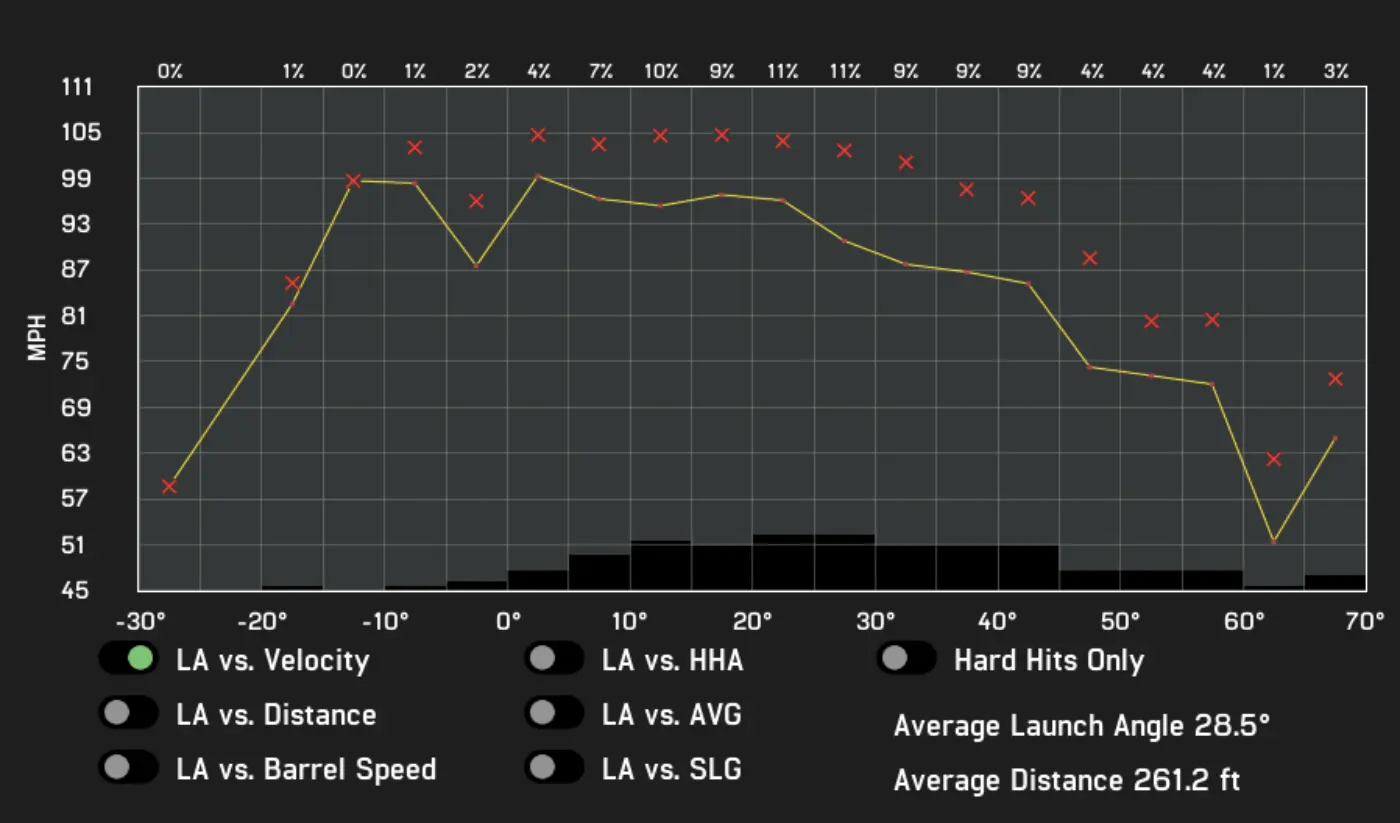
Swing plane is a commonly used, and certainly not a new, idea. What’s lacking is understanding how swing plane relates to a hitter’s attack angle and launch angle. Ted Williams famously discusses the attack angle part of the swing plane, it in his book The Science of Hitting in 1971 and includes this awesome graphic. Swing plane is incredibly important, but the swing plane problem is much more complex than how it’s being discussed.
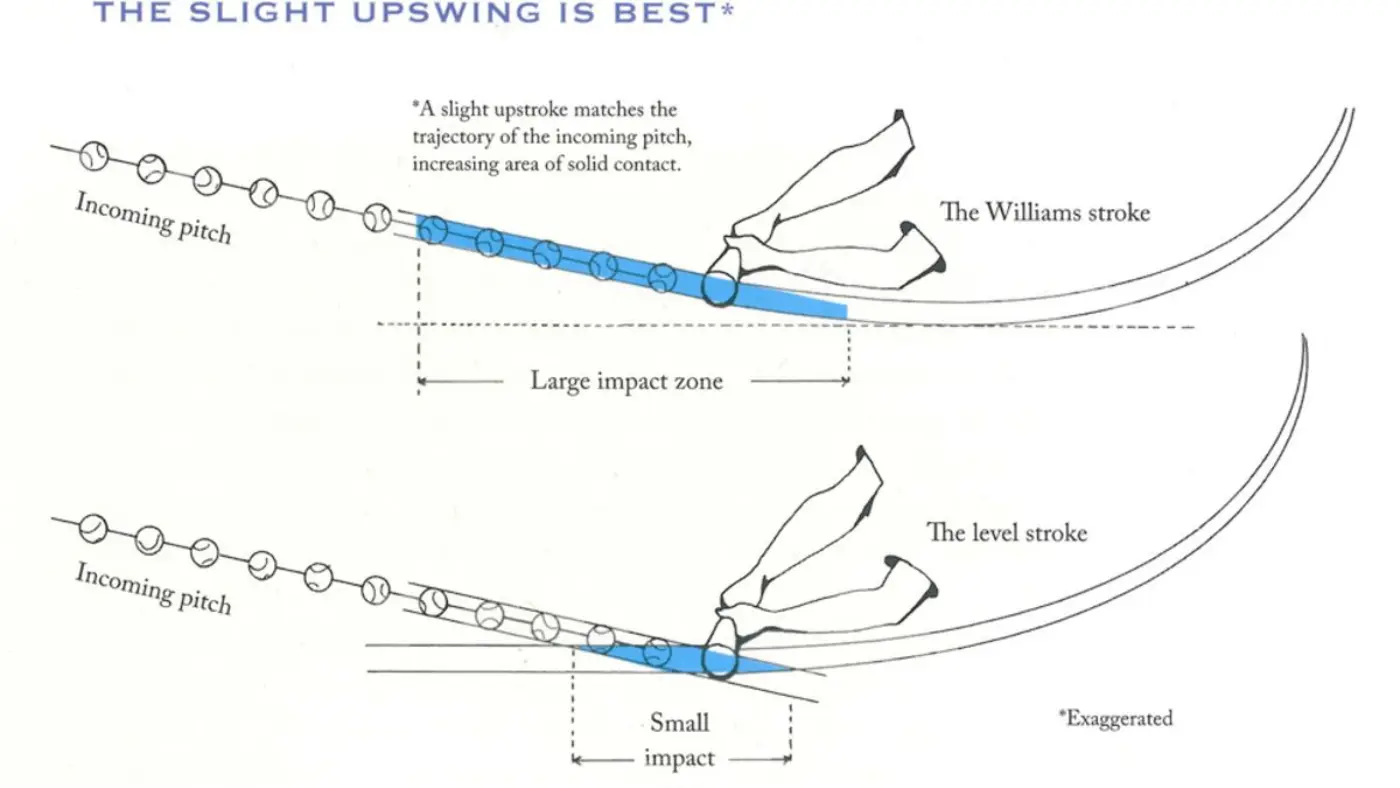
Vertical Swing Plane

The term used often, and the one I prefer, is “attack angle.” This is the vertical angle that the barrel of the bat travels through impact with the baseball. This can be measured with a bat sensor, and it’s a part of our hitting assessment at Driveline.
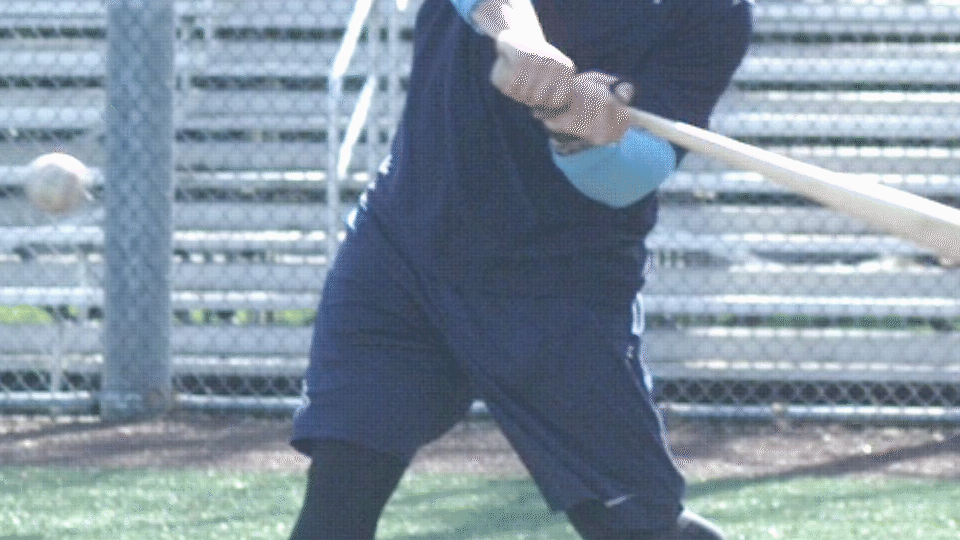
Train at Driveline
Become the hitter you want to be
Why Is This Important?
Being on plane with the pitch, or having an attack angle that matches the incoming pitch angle, has multiple benefits:
- Distance in the zone: a wider margin of error allows the hitter to make more consistent contact with the ball.
- Better transfer of energy from bat to ball: when the bat strikes the ball, any offset in the attack angle and incoming pitch angle results in potential energy lost.
So, being on plane can help a hitter with both batting average and power. Note that today, I’m just talking about energy transfer from bat to ball and optimizing exit velocity. When talking about ideal offset, launch angle, hit probability, and expected batted ball outcomes, it’s a different story. We’ll get to that at a later time.
What Is Ideal?
When a hitting coach says “get on plane,” what is the coach telling the hitter to get on plane with? Virtually all pitches enter the hitting zone between -4 and -21 degrees. By no coincidence, the attack angles of pro hitters typically fall within this +4 to +21, so we train all of our hitters to do the same.
Does the Ideal Attack Angle Change for Individual Hitters?
The ideal attack angle changes, certainly, but probably not as much as one would think. When assessing hitters, we learn their attack angle and then build a program to fix it—if need be. Over 90% of hitters that fall outside of the +4 to +21 range err on the negative side. I don’t prescribe exact attack angles for athletes; rather, I prescribe ranges based on their exit velocity. While there are exceptions, this is my basic formula for players in college or pro ball: If the hitter’s peak exit velocity is under 105 mph, their attack angle should be between 5 and 15 degrees. If their peak exit velocity is above 105 mph, it should be between 10 and 20 degrees.
Why? Being a successful hitter is in large part determined by how well athletes can optimize their mishits. Note that per statcast, only 5% of batted balls are “barrels.” The key is then in optimizing one’s distribution of batted balls.
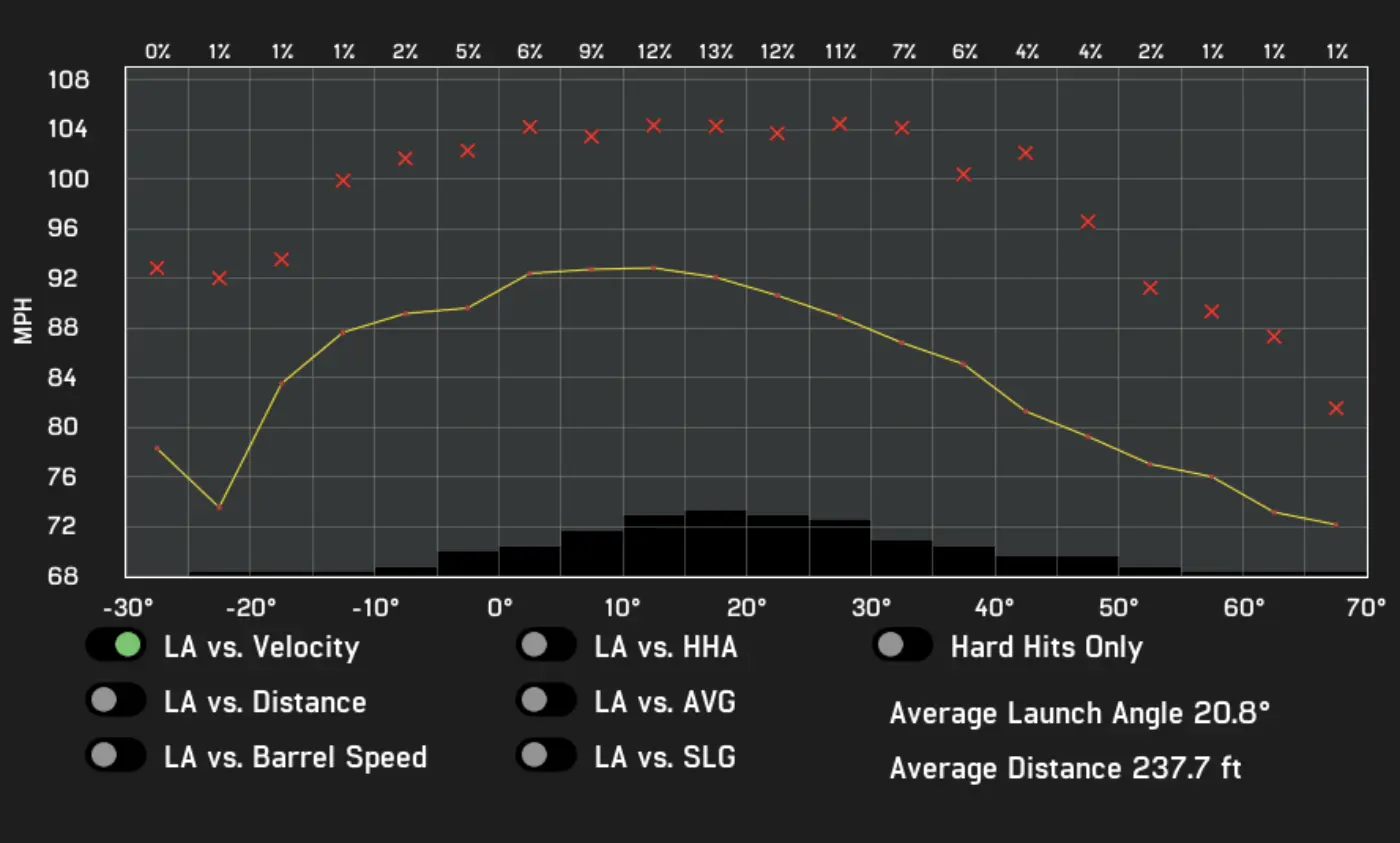
For instance, if a hitter has a peak exit velocity of 95 mph and an attack angle of 19, a slightly undercut ball would result in a batted ball hit softer than 95 mph and above a 19-degree launch angle (a lot of outs). Now if that same 19-attack-angle hitter has a peak exit velocity of 108 mph, the slightly undercut balls would be hit softer than 108 mph and above a 19-degree launch angle. There are a lot of productive batted balls within those parameters.
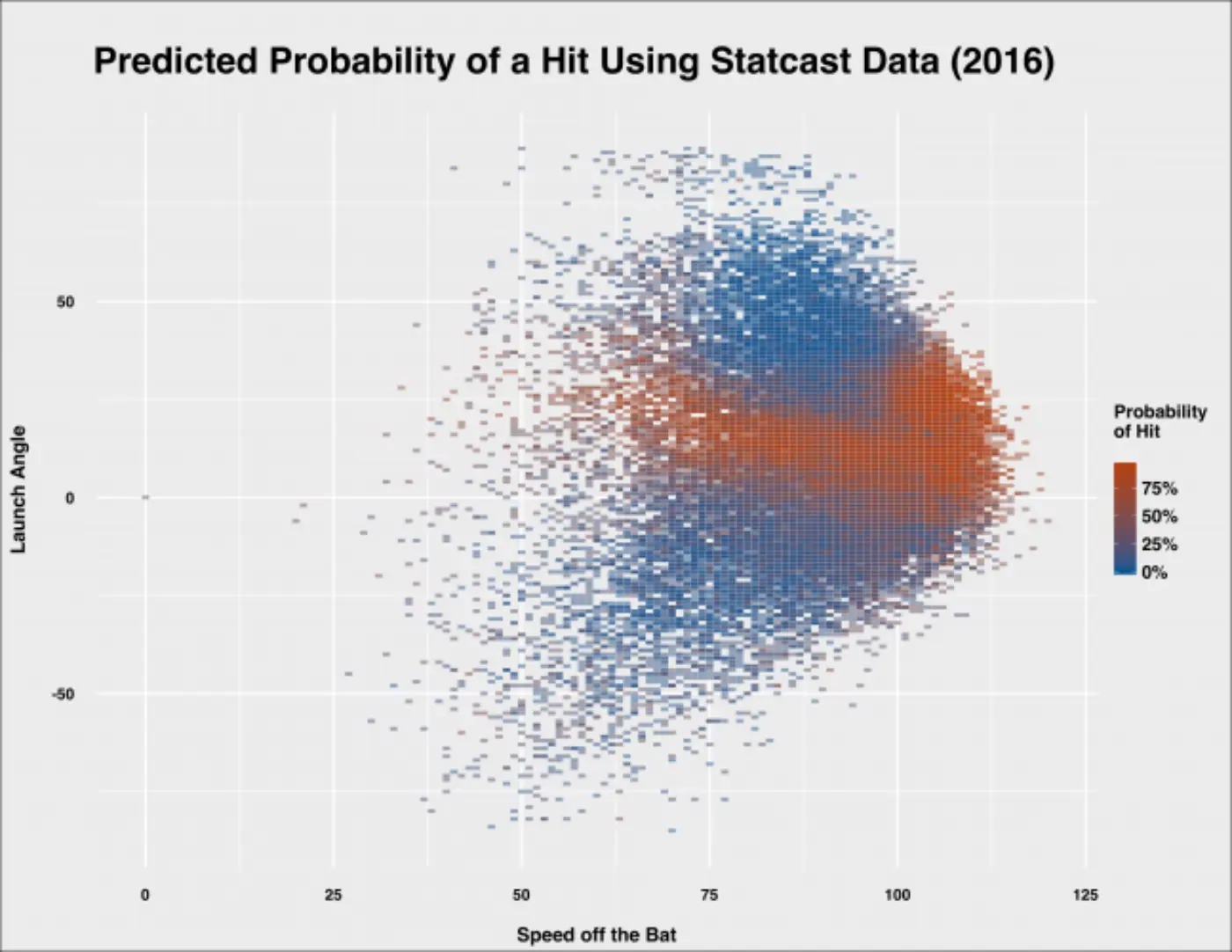
Looking at it another way, if you have a peak exit velocity of 108 mph and an attack angle of 5, balls hit above a 25 launch angle have high spin and lose a lot of potential exit velocity—this is an inefficient use of above-average bat speed.
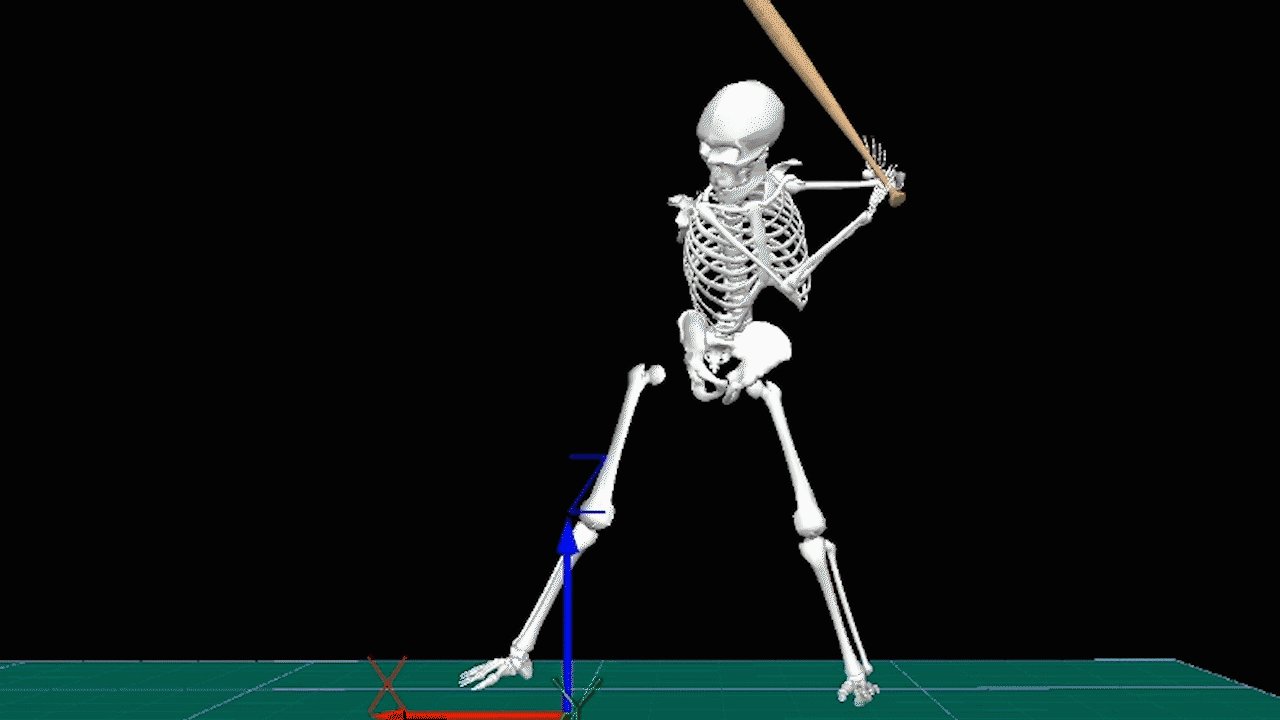
Foundations of Hitting
30 modules teaching you everything we know about hitting and hitting mechanics.
Let’s look at an example of a hitter’s batted balls during his first 10 days at Driveline compared to his final 10 days. He trained here for 8 weeks. He was going into his junior year of college and had 0 career home runs. This year he hit 5. Although his peak exit velocity improved just over 6 mph (about the college athlete’s average improvement in-gym), what was really important was that his exit velocities in the 25-35 degree launch-angle window dramatically increased. He was able to maintain exit velocity as his launch angle increased. This was accomplished by a change in attack angle.
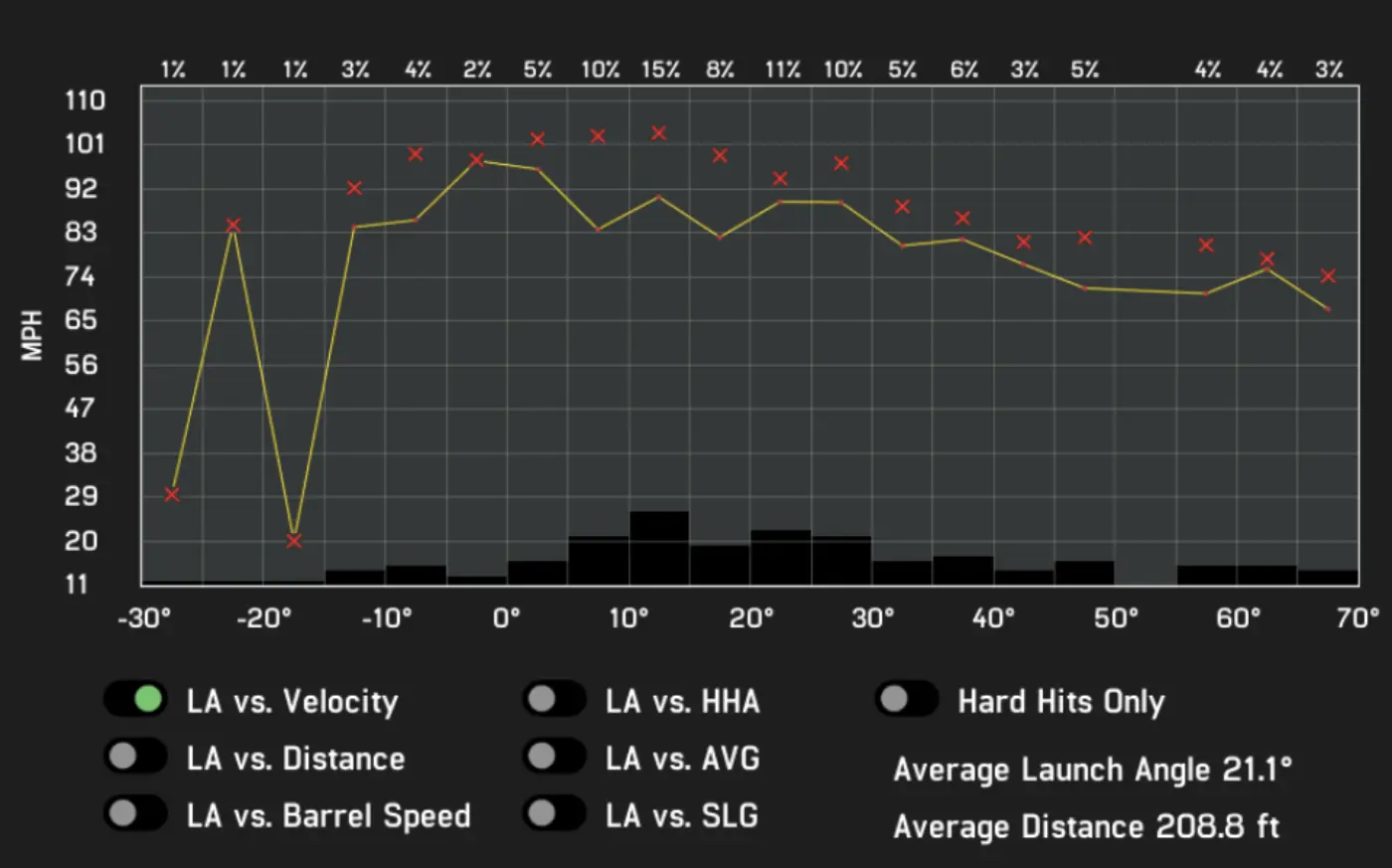

This hitter already possessed professional-caliber bat speed, however he was striking the baseball in a way that not optimal for him. The balls he hit at a 25-35 degree launch angle had too much spin and not enough exit velocity due to his attack angle. He was put on a Swing Plane phase of training, and it was a very successful summer for him.
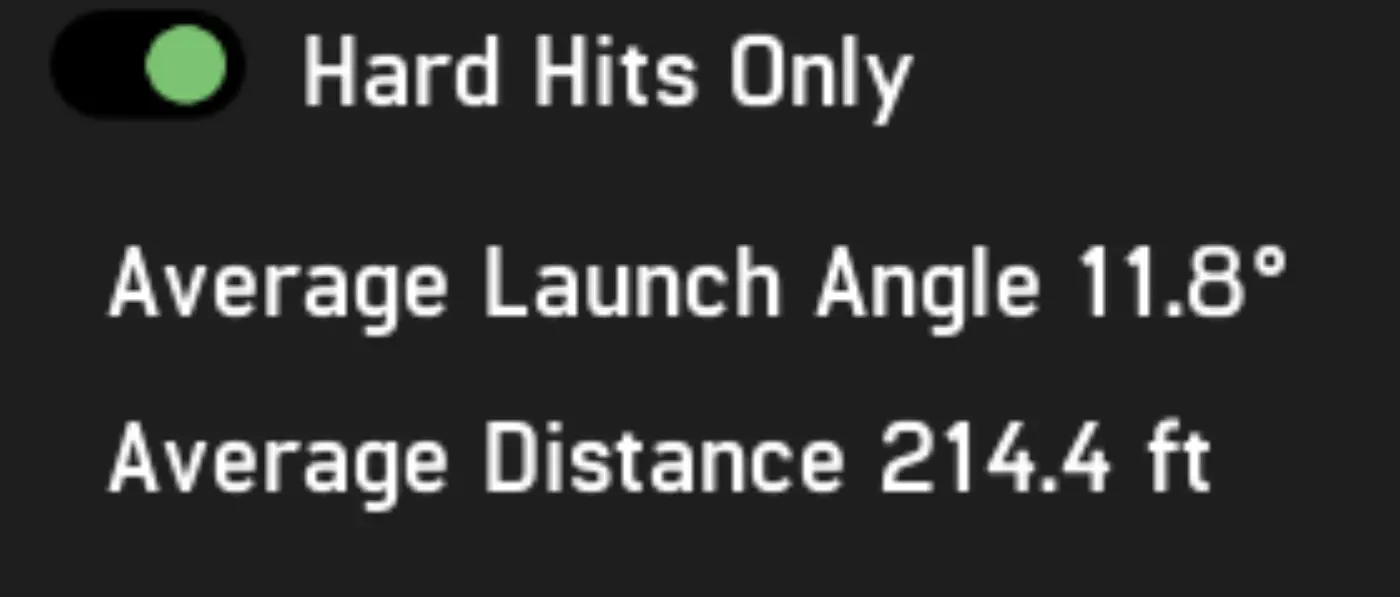
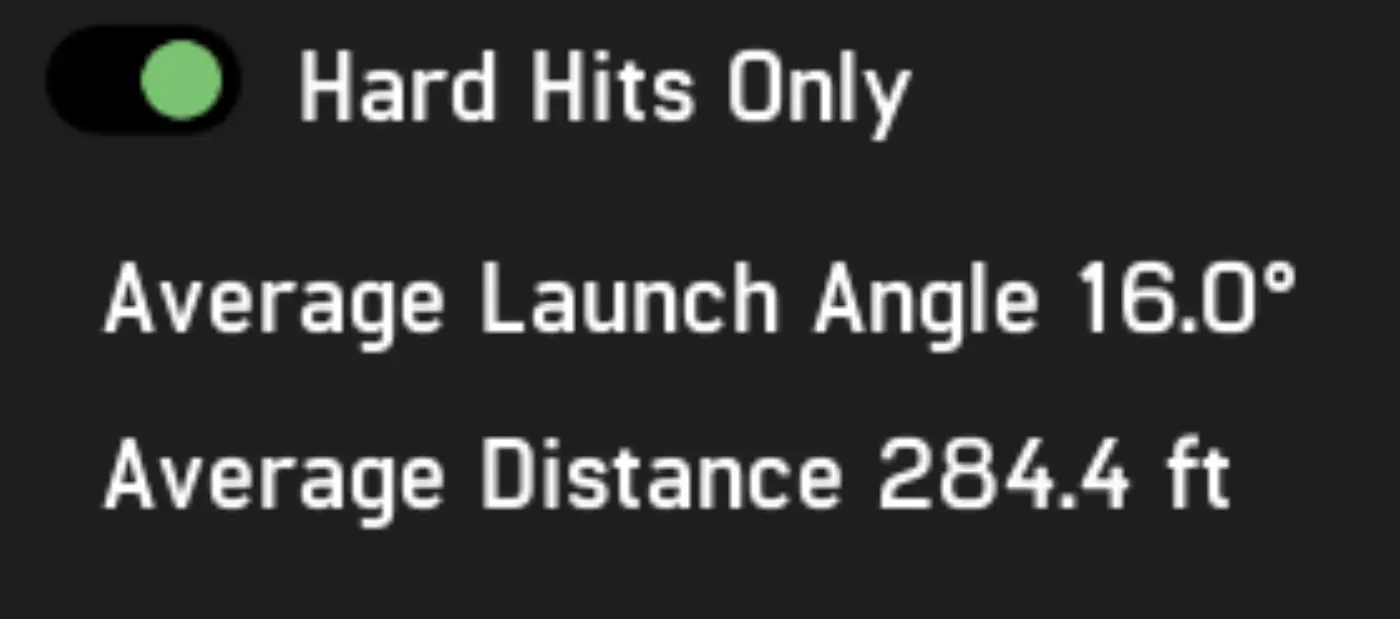
And taking a deeper look, an analysis of the average launch angle of his “hard hits” tells us that he made the swing adjustment we wanted. (“Hard hits” are balls hit within 10% of his peak exit velocity).
Is There a Diminishing Return when training Attack Angle?
Another consideration is the potential correlation between an increase in attack angle and swing and miss rate.
In my opinion, the risk is worth the reward for someone who can slug but surely not for someone who is unlikely to hit a lot of balls above 95 mph.
Speaking of spin, many think that swinging down can create backspin to help balls carry. Yes, this is true. It is also true that swinging down produces more backspin, with all other variables being the same. However, any carry gained from the extra backspin is minuscule in comparison to the carry the hitter loses by cutting down through the baseball and losing exit velocity. Swinging down through the ball is not ideal; this is why the best in the game don’t do it.
Worth Noting Attack Angle Changes Throughout the Swing
-Attack angle is a 2D view to a 3D problem. It’s very important to consider that the swing is an arc, and that as the swing becomes more vertical, the attack angle becomes increasingly dependent on point of contact. A (horizontal) flat swing at a high pitch keeps the same attack angle for a long time (e.g., the Ted William picture). However, that is not the case with most swings.
Notice the change in attack angle throughout the swing.
Often when a hitter’s assessment data shows us a negative attack angle, he is just consistently late and catching balls too deep in the zone before his bat has begun the upswing. When hitters are perfectly on time and still swinging down, that’s when they need help. This is unfortunately more common than it should be. The opposite is true as well, as high attack angles will be registered on balls hit out in front. In these cases, we put them through our Swing Plane program, targeted at fixing such issues.
-Another important concept to understand is the “Low Point” of the swing. At what point is the barrel at its lowest point, and where is impact happening in relation to it.
Hitters with a positive attack angle have their low point behind impact. Many hitters have a neutral or downward attack angle, and have swung their whole life with their low point at or beyond impact. If a hitter has synced up his timing mechanism with his low point synced with impact, it can be a tricky process to recalibrate a positive attack angle to a new swing. We must understand that for athletes, every time they tie a perception to an action, it is essentially a data point stored in the athlete’s motor system.
When hitters make an attack angle change, it is common to see timing and barrel precision issues when they face game speed pitches.
They will:
1. Swing underneath their target
2. Be late, because they are not used to making impact after reaching their low point
Too many hitters try to make this adjustment and just hit off a tee, front toss or batting practice. It is extremely important that hitters who make this adjustment are constantly challenged and facing game speed pitches, so that this new pattern will be stable in-game. At the end of the day, thats all that matters.
How Can You Measure Vertical Swing Plane?
A bat sensor is the easiest and most affordable way to reliably measure vertical swing plane. We use Blast Motion, but other options are Zepp and Diamond Kinetics. All are good products.
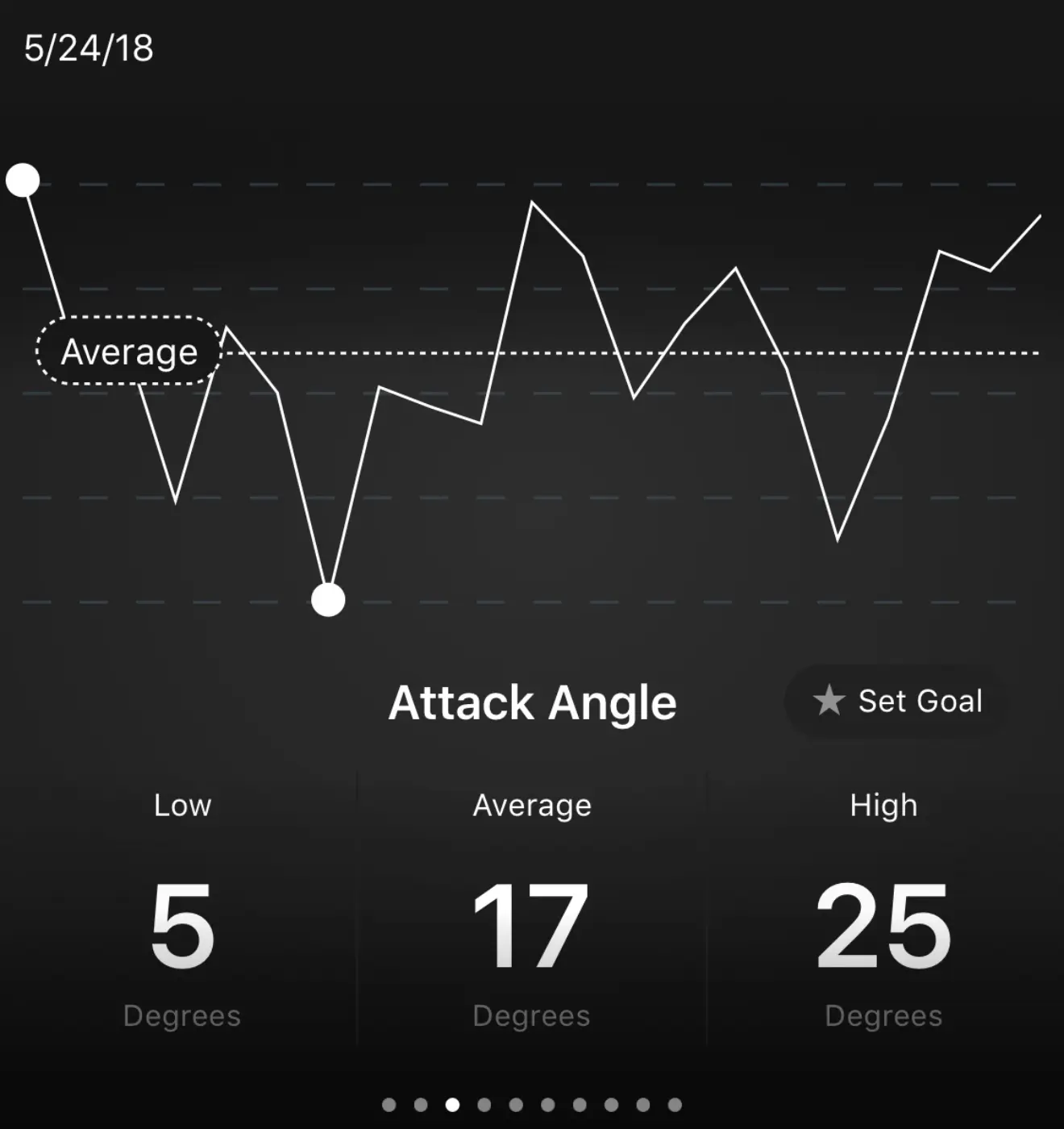
It’s not necessarily practical, but with a large enough sample size of batted-ball data collected with HitTrax, FlightScope, or Hitting Rapsodo, vertical swing can be deduced by looking at the launch angle of the hitter’s hardest hit balls or by looking at the average launch angle of balls hit with low spin—That is, the average launch angle of all batted balls with a spin rate of less than 500 RPMs in both directions.
How to Train a Positive Attack Angle
Every hitter is unique, and the best way we can help you to train a positive attack angle is to join our online training program. I work with hitters personally build their drill progressions. Otherwise, here are some pointers.
Hitting Plyo Ball ® are the best way to train attack angle. If the attack angle is too low or high, athletes will mishit the ball and it won’t go anywhere. Attack angle problems can be exposed and corrected by hitting these, and all the hitter has to do is try to hit them hard and far. Getting instant feedback via a bat sensor is very helpful as well.
As Joey Votto said, “Let the ball be your feedback.” Take note of the launch angle when batted balls knuckle or have low spin. This can tell us what the hitter’s attack angle is. Generally speaking, hitters topspin balls that are hit at a launch angle below their attack angle. A hitter should not be back-spinning ground balls. If a hitter is hitting balls at a 0 launch angle with backspin, that’s a problem. MLB batted balls at a 7-degree launch angle have topspin.
How to Train Horizontal Swing Plane
We’ve discussed vertical swing plane, but I think the horizontal plane in which the bat rotates through and direction of that plane are extremely important—and not discussed enough. Many talk about the swing plane as either up or down, but whether the swing is going left or right(in or out) is important as well. The swing is 3 dimensional, and should be analyzed as such.
Swing Direction is another term I have used to describe it.
When the bat is colliding with the baseball, the horizontal bat path is either in-to-out, out-to-in, or somewhere in between.
Every hitter I’ve ever worked with can swing out-to-in. What the best in the world can do is enter and work through the zone in-to-out, out-to-in, or anything in between.
This is necessary in order to adjust to the surprisingly wide range of horizontal pitch planes that a hitter will see.
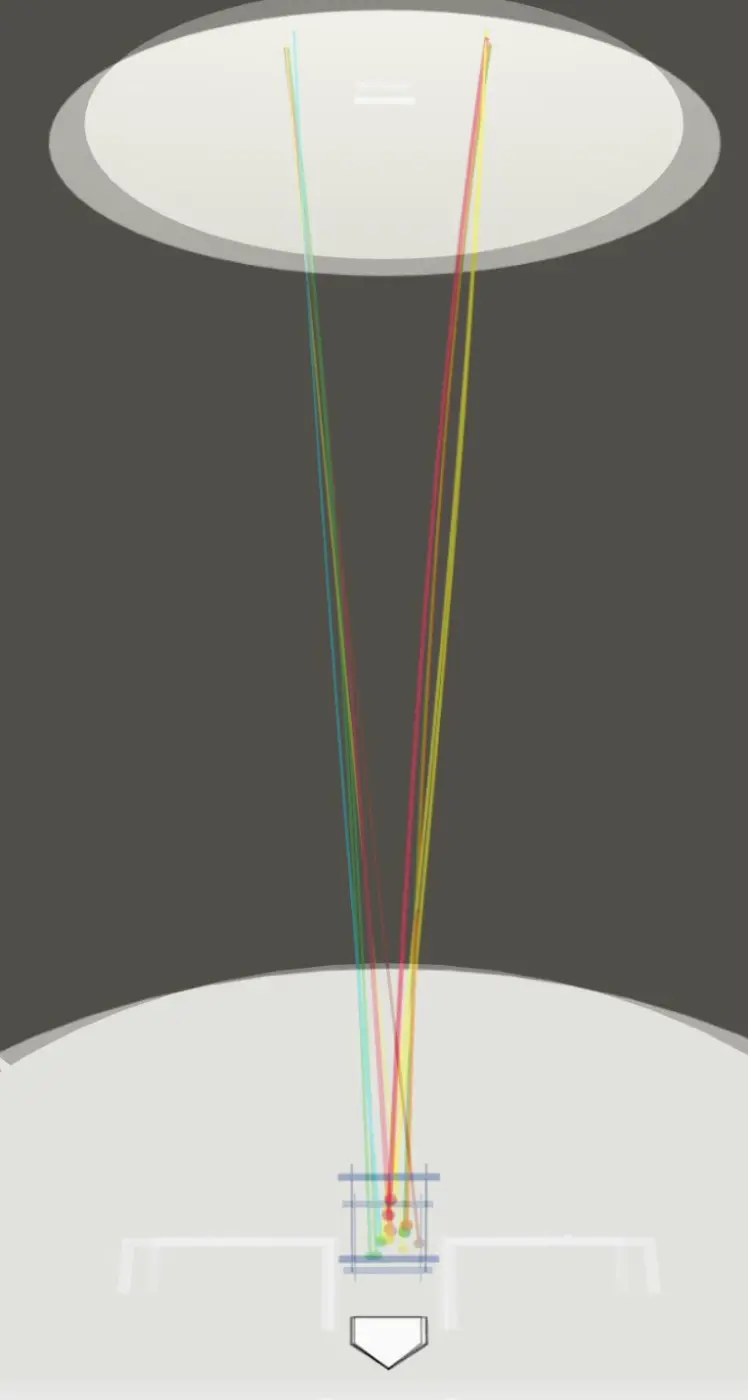
The horizontal bat path will dictate how purely a hitter will hit the ball to different fields(at various horizontal launch angles). Hitting a ball to the opposite field with an out-to-in path will slice or cut the ball, and it will be hit with a lot of spin, relatively speaking. The opposite is true as well.
I suspect an analysis of a hitter’s batted ball spin rate at various horizontal launch angles could dictate how well a hitter can adjust their swing direction. A hitter with an adjustable swing direction could hit balls with low spin through a wider range of horizontal launch angles.
Another important concept is the idea of squaring up the barrel with the swing direction. This is hard to grasp, and perhaps I can dive it at a later time but this is the gist of it: In ideal conditions, the bat will be near perpendicular to the swing direction at impact.
The barrel begins open relative to the swing direction, and eventually gets to square. The best hitters in the world can control this release of the barrel, and do it early or late depending on swing direction and point of contact.
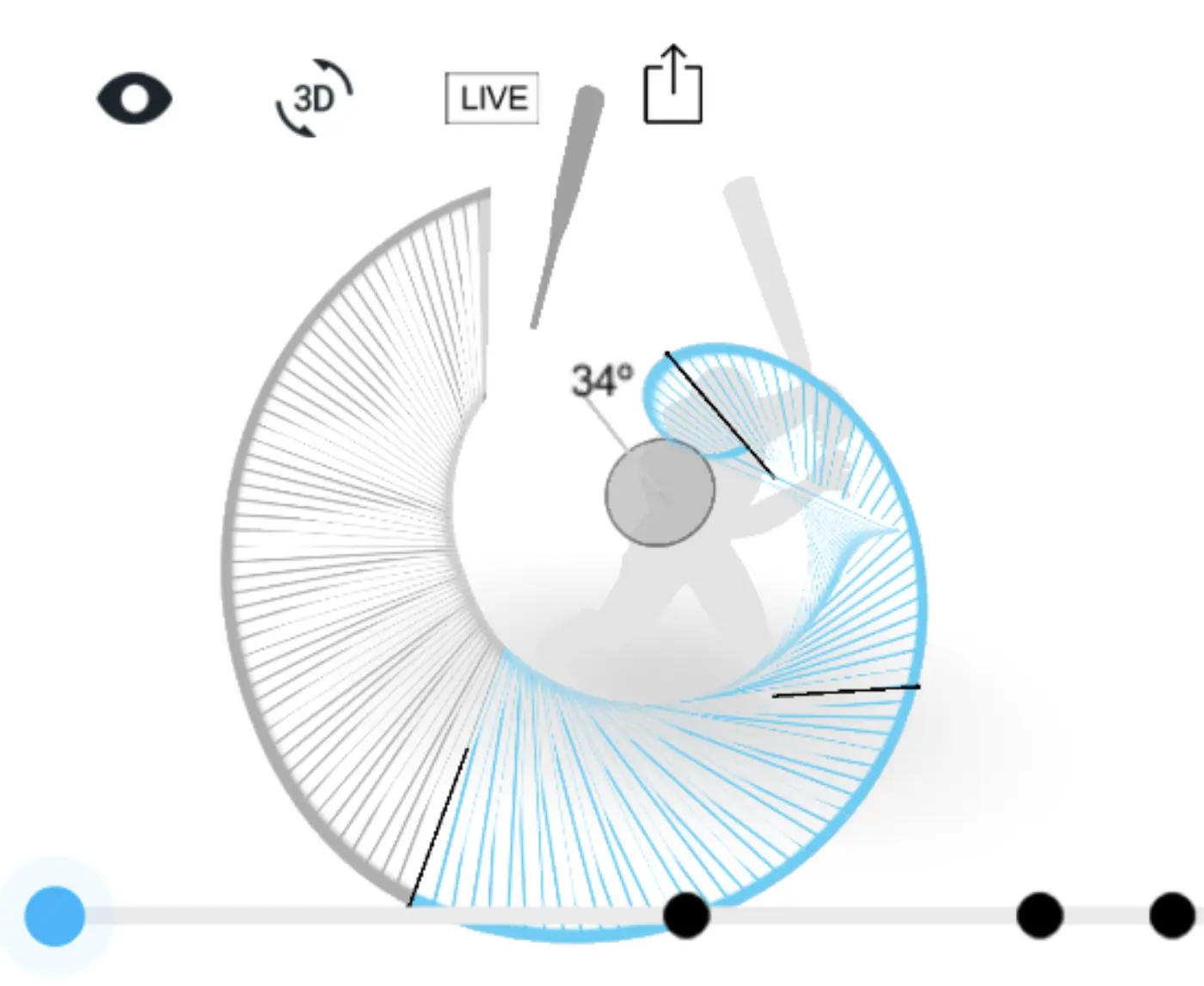
How Can Athletes Figure Out Their Horizontal Swing Plane?
The 3D viewer on the Blast Motion app allows the option to rotated the vantage point in order to see the direction of the swing.
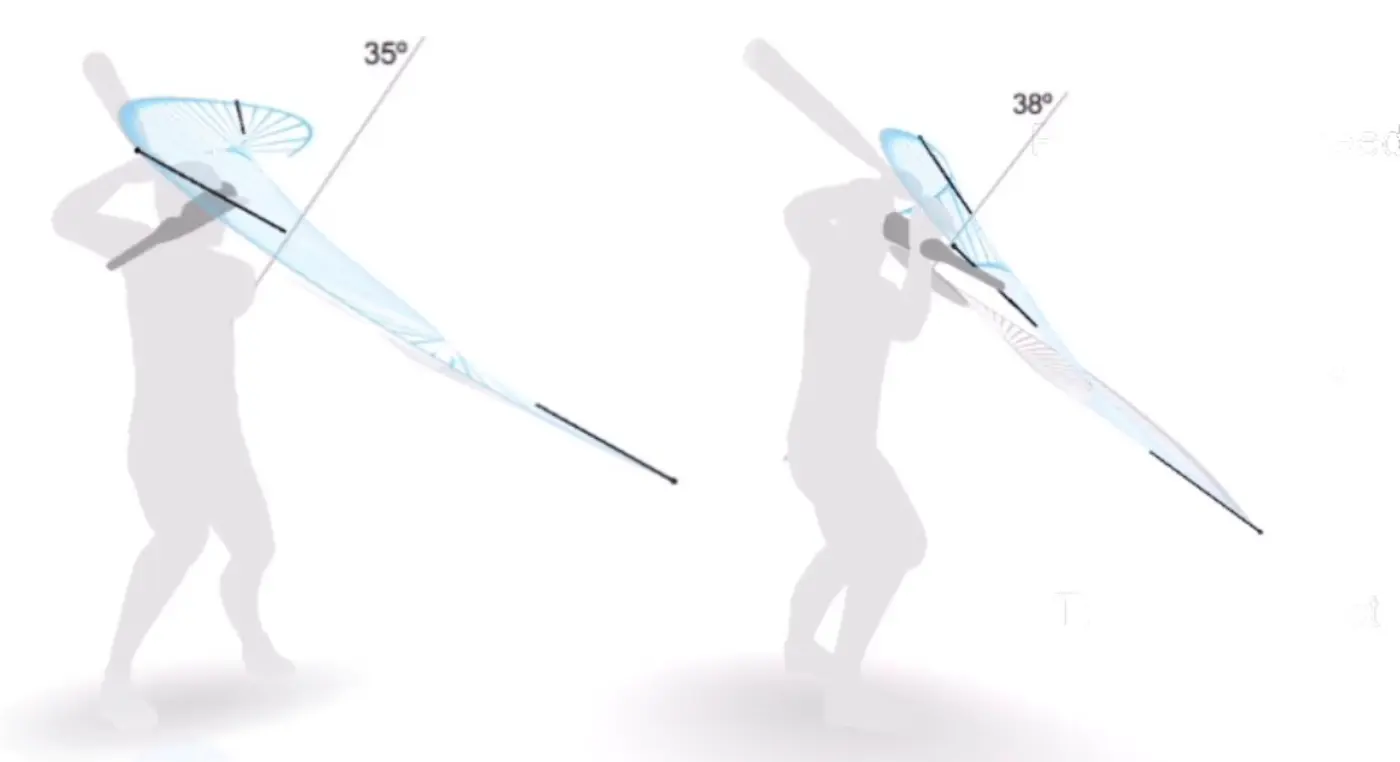
This can also be seen by looking at a hitter’s batted ball spin and exit velocity at various horizontal launch angles. To the eye, this can especially be observed when swinging to hit low pitches.
How to Train Horizontal Swing Plane?
Our hitting program has a variety of drills targeted at training this, but my favorite is the “around the world rotation” drill.
Conclusion
These are my thoughts on swing plane, some fact and some theory. The goal of this post is to get coaches and players to look at swing plane as more than just “up” or “down.” The topic is much more complex and deserves to be looked at in more depth.
Like always, we continue to study and learn so we can help our hitters and yours. We’re persistently collecting 3D kinematics of our hitters with our biomechanics lab and with K-Vest, swing plane data with Blast Motion, and batted ball metrics with HitTrax and Rapsodo. We’re excited about what we can discover and as always, I’ll continue to share everything with you guys. I really appreciate you reading.
Train at Driveline
Interested in training with us? Both in-gym and remote options are available.
- Athlete Questionnaire: Fill out with this link
- Email: [email protected]
- Phone: 425-523-4030
Make the best decision of your career.
Comment section
Add a Comment
You must be logged in to post a comment.
Ethan -
Great read! How fast “should” a college player’s bat speed be (range or minimum value)?
Jason Ochart -
A college hitter should be between 69-75 MPH, as measured by Blast Motion. 75+ gets into professional caliber bat speed. Thanks for asking!
Swing Plane, Launch Angle and "That" Mike Trout Video - Canvas Alley Baseball -
[…] Today I’m going to discuss swing plane, what it is, and how it relates to launch angle, which IS a relatively new concept. Since I’m focusing more on the practical and mechanical side of this, I’d also recommend that you check out the awesome data-related piece Driveline has on this subject. […]
Joe -
Thank you for your insight and willingness to share your findings. I love that you are able to discuss the swing with factual data and video support!
Hitting Data Analytics… Ball-Bat Collision – Part 1 - Rockland Peak Performance -
[…] (we are assuming these are for professional pitchers). In a somewhat related article, titled “Using Swing Plane to Coach Hitters: A Deeper Look”, Jason Ochart at Driveline Baseball refers to a descent angle range between 4 and 21 degrees for […]
Michael Cooke -
Great article! Thanks for posting it. Cutting the ball (bloops and flares oppo with lots of spin) is something you mentioned on the podcast this week. Is that primarily a timing issue or is it related to a swing that is too much in to out? if it is the latter can you suggest any drills that would help address it?
Jeff -
This is very helpful. If this is above and I just missed it sorry. When baking in the Inside Out style swing.. What Blast Metric is most helpful? Attack Angle vs. Vertical Bat Angle. Both? For some reason Attack Angle gets the most coverage and maybe that’s because it’s most important? Branding wise Attack Angle is much easier to wrap your mind around than Vertical Bat Angle as well but that may be too simplistic. I see in the Zepp video https://www.youtube.com/watch?v=HK-JoSP7hzs that Mike Trout has a -20 Vertical Bat Angle and they seem to connect that to an inside out swing done right. thoughts?
David Besky -
Jeff- thanks for the question. There isn’t a specific blast metric that will measure the horizontal path entirely. When looking at an inside out path, the best method we’ve found is to look at the 3d visual Blast provides, or to use video and especially to pay attention to batted ball spin, if that is available to you as well.
To some extent it may be possible to infer what the path is using attack angle and/or vertical bat angle, along the lines you are proposing. However there are a lot of other factors you’d have to take into account such as that attack angle is heavily reliant on point of contact and VBA is heavily reliant on pitch height and posture.
Jeff -
much thanks David. Seeing I was off on VBA understanding… now seeing that it’s more of indicator of pitch location. So maybe this is accurate? The reason Mike Trout has the -20 VBA is he does a good job of hitting those lower pitches he likes and maybe?… something to do with that he does a good job of hitting the ball out front. Or maybe hitting out front is more of a AA metric than VBA? … will definitely look more at the 3D visual… for batted ball spin is that what you use HitTrax for? The ball tracking on Blast doesn’t work for me so assuming that ball spin requires the ball tracking stuff on HitTrax or Rapsodo? On a basic level for my hitters Jason’s video on “entering from the inside” opened a lot of doors and we’re talking about if the swing was inside out or outside in..
David Besky -
VBA isnt a key metric for us, it has value in certain cases, but if there is an issue with VBA it is likely because there’s a problem elsewhere in the swing. If you can hit high pitches and low pitches hard on a line then your VBA is going to be in a good place.
Trout excels at hitting low pitches because his outlier athleticism enables him to stay “connected” and maintain posture on low pitches while creating that low VBA. Our Director of Hitting, Jason Ochart breaks down Trout’s swing specifically here.
Precisely quantifying spin does require a ball tracking technology – Hittrax does not measure spin, but Rapsodo does. However generally subjective analysis of spin on video is sufficient since we are looking for the big picture rather than anything too specific on this front. The main thing being to squarely hit balls to all fields. If you’re hooking or top spinning balls pullside there is an issue, if you’re slicing balls oppo then that’s also not ideal.
For more details on how we use various metrics, I’d encourage you to check out our Foundations of Hitting certification course.